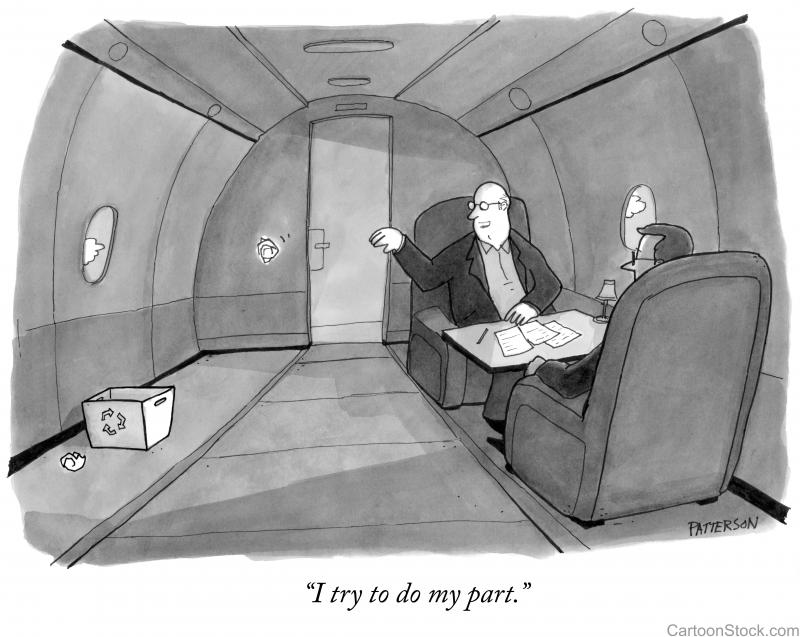Circular Economy and the Use of Policy Legends

The concept of circular economy acknowledges that the economy needs biophysical inputs (energy and material) for its operation and, therefore, generates outputs in the form of wastes and emissions. In fact, these input and output flows are the ones that should be circularized. The problem with this idea is that if we acknowledge the biophysical roots of the economic process, we must recognize that, according to thermodynamic principles, the inputs coming into the economy and the wastes absorbed by the environment depend on natural processes outside of human control. The biophysical reading of the economic process entails its entropic nature, and in this sense a circular economy enabling perpetual economic growth—i.e. a decoupling of the consumption of resources from economic growth—is impossible. This Uncomfortable Knowledge Hub (UKH) series consists of one teaser video and three video lectures reflecting on the ideological and practical role of policy legends in the sustainability discussion.
Introduction
Is a circular bioeconomy possible?
Is a circular bioeconomy possible? Circular bioeconomy has become a popular concept in sustainability narratives—but nobody seems to realize that the economy was once quite “circular”, for thousands and thousands of years before the Industrial Revolution. The jump in technical progress associated with society’s massive reliance on oil should be associated with a linearization of the economy. How easy is it to revert the existing situation?
Videos
The ideological dimension of circular economy
What is the ideological dimension of circular economy? The use of the term ‘bio-economy’ was first introduced in 1918 and then reintroduced in the ‘70s to flag the dependence of the economy on the finite amount of natural resources (to point at the existence of limits!). The semantic appropriation of the term bio-economy to justify the possibility of a circular economy can be considered as the use of a policy legend to avoid a serious discussion on the plausibility of decoupling and perpetual growth.
When considering the biophysical roots of the economic process, the idea of circular economy clashes against thermodynamics
When considering the biophysical roots of the economic process, the idea of circular economy clashes against thermodynamics. The economy is not and cannot be circular, this claim can be easy defended in empirical and scientific terms. Complex adaptive systems must be open systems in order to survive and to learn how to adapt to a changing environment. The wide success of the term ‘circular economy’ simply shows a frightening level of elimination of uncomfortable knowledge in the field of economics, in such a way that policy legends useful to stabilize the status-quo can be maintained.
Another example of policy legend: The intolerable US dependence on foreign oil
Another example of policy legend: The intolerable US dependence on foreign oil. The case of circular economy is not an isolated one. Policy legends are often used to frame policy agendas in rhetorical terms, and once established their validity is no longer checked. This implies that, in practice, they are often ignored. The intolerable US dependence on foreign oil is a very good example of the bifurcation between rhetorical statements and practical action.
